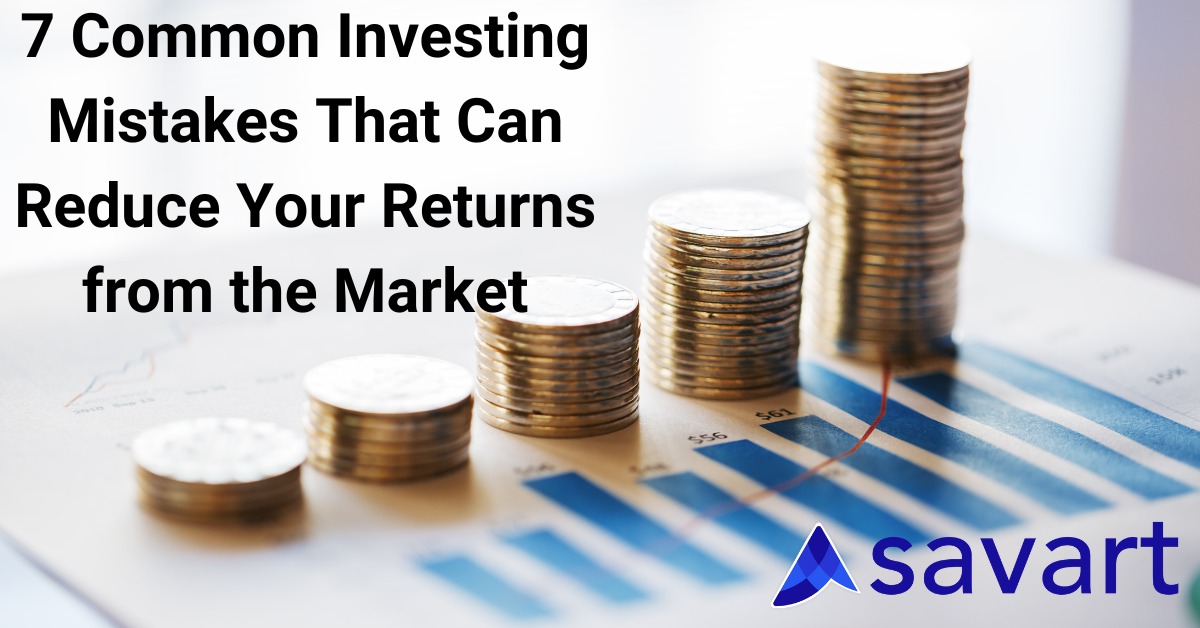Decoding India’s GDP
India’s Gross domestic product (GDP) grew by 8.4% on a year-on-year basis in the second quarter of the current financial year. This is one of the fastest growth rates among major economies across the world. COVID cases in the country have reduced remarkably from a height of 4 lakh cases per day in May last year to below 10 thousand cases per day now. Economic output has almost touched pre-pandemic levels with the lifting of lockdowns as well.
Trivia: GDP (Gross Domestic product) measures the monetary value of final goods and services produced in country in a given period of time. It counts all the of the output generated within the borders of a country.
The Indian economy has grown at the highest growth rate of 20.1% in the first quarter, backed by last year’s low base. In nominal terms, the GDP growth without adjusting for inflation has surged 17.5% during the second quarter.
Manufacturing output increased by 5.5% in the second quarter’s GDP, while the construction segment grew 7.5%. Gross fixed capital formation, a measure for the economy’s investments, surged 11%.
Meanwhile, private consumption, a significant contributor to the economy, which is measured by Private Final Consumption Expenditure (PFCE), increased by 8.6% in the September quarter, was a big positive. Hidden under is a public community and personal services component that grew by 17.4%. Government consumption didn’t increase significantly. In the June quarter, private consumption was at 93% of pre-covid levels that practically has gone back to pre-pandemic levels. Services that include the hotels and transport segment have grown at 8.2% in July-September.
Trivia: GVA is defined as value of output less the intermediate consumption. It measures the contribution of corporate subsidiary, company or municipality to an economy, producer, sector or region.
Before returning of personal services, an era of pent-up product demand was seen. Because of the Pandemic, the disparity between rich and poor has only accelerated (The percentage of Indian Segment involved in agricultural activity was 35% pre-pandemic and has presently moved up to 39%). Domestic production of consumer durable is 6% below pre-pandemic levels, while the imports of the same consumer durable are 32% above the pre-pandemic levels. Considering heighted sales number seen during the festive season, it is evident that the rich were spending more on foreign goods. This quarter’s pivot towards consumer services is evident, and the same will also help boosting the economy better as the trickle-down effect towards the bottom of the pyramid from the services would be much more prominent as many of these services are domestically produced like health, education, domestic travel, etc.
Government capital expenditure is growing at 50% per year in the second quarter has also lifted the Economy.
Mining and Quarrying during the quarter increased 15.4%, while electricity, gas, water supply and other utility services output rose 8.9%. The financial services sector grew by 7.8%.
Exports are running 25% above the pre-pandemic levels backed by high skill exports like mobile handset, drugs, auto parts, IT services, select machinery etc.
On the supply side, agriculture growth provided support, along with a pick-up in service sector growth, financial and real estate sectors. On the demand side, investment growth provided support. As a result, the GDP’s growth rate momentum has turned positive in the second quarter compared to a contraction in Q1.
In the next RBI meeting it is expected that the central bank of India might start absorbing the excess liquidity in the backdrop of strong economic recovery and growing inflationary concerns before it starts accelerating interest rates. The Central Bank has forecasted annual GDP growth of 9.5% in the current fiscal year.
The economy is not yet out of the pandemic, and a new and more infectious variant of Covid-19, Omicron, has emerged. According to the World Health Organization, Omicron poses a high risk of spreading very quickly and it could have “severe consequences” in some places. If not controlled, the virus could wreak havoc, disrupting the path of recovery for the Indian economy by forcing state governments to re-impose restriction on mobility.
Input cost pressure was one of the major concerns for corporate India during the latest quarter gone by. As we advance, Corporate India is expected to pass down the high input cost to end consumers in a calibrated manner in the quarters to come to improve the profitability and it might create a high inflationary environment posing a dampener in the consumer demand sentiments.
The present momentum in the GDP growth is encouraging to attain the GDP target set by the central bank. However, only time would reveal whether the near-term risks such as omicron variant and anticipated high inflationary environment would derail the economy from the projected track of recovery or not.
-

Individual investors engage in stock market activity for a variety of reasons, e.g., long-term gains, short-term gratification, experiencing daily highs/lows, learning, applying intellectual strategies, etc. Their approaches to achieving these objectives can be broadly classified as active or passive in terms of the time spent analyzing the markets and their frequency of transactions. Let’s understand […]
-

7 Common Investing Mistakes That Can Reduce Your Returns from the Market Investing is an exciting experience. But it can also overwhelm people, especially those who are starting afresh. By their very nature, stock markets go up and down – disciplined investors understand this, and develop strategies to reduce their risks during market lows (as […]

